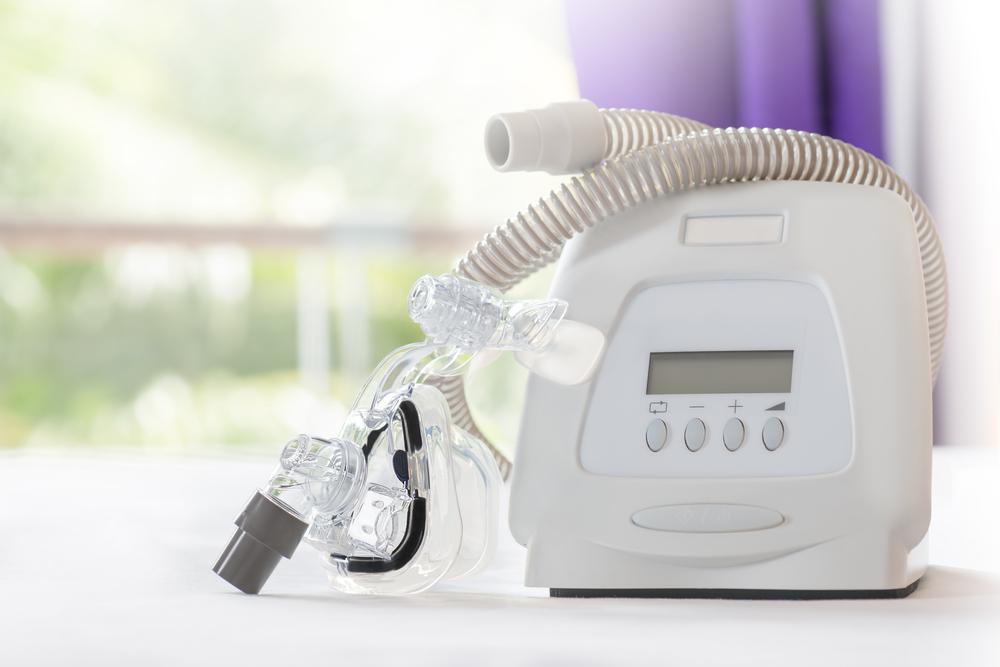FAST FACTS: The difference between APAP and CPAP
If you are diagnosed with a pretty straightforward case of obstructive sleep apnea (OSA), you may be prescribed positive airway pressure (PAP) therapy for treatment. Those who qualify for CPAP therapy may often qualify for APAP. What is the difference between the two treatments?
CPAP: As its name suggests, continuous positive airway pressure (CPAP) delivers pressurized air at a constant stream. This constant stream helps keep the upper airway open during both inhalation and exhalation. You can think of the air pressure in CPAP as being constant.
APAP: On the other hand, automatic positive airway pressure (APAP) delivers a preset range of air pressure which closely matches your breathing pattern, which has a wave-like motion. You can think of the air pressure in APAP as adjustable to the range of your breathing.
Both types of PAP therapy are effective in preventing apneas. You may start on or switch to either device based on your sleep specialist’s recommendation or as a matter of preference (if APAP is more comfortable for you, for instance, then you are more likely to use it).



